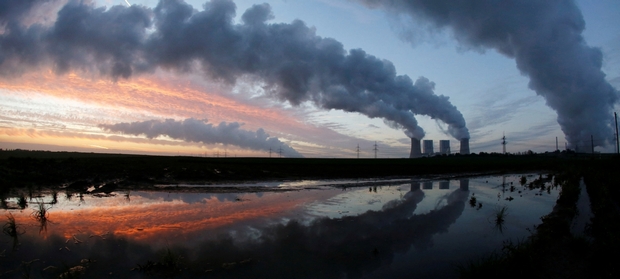How do countries measure greenhouse gas emissions?

With the 2022 Emissions Gap Report due to be released in October this year ahead of the United Nations Climate Change Conference (COP27) in Egypt, the focus is on how fast countries can reduce greenhouse gas emissions to avoid the worst effects of the climate crisis.
Why do countries need to measure their greenhouse gas emissions?
As the saying goes, what doesn’t get measured doesn’t get managed. It is vital that countries understand where their emissions are coming from so they can reduce them. Under the Paris Agreement, countries collectively agreed to reduce their emissions, and each country submitted a Nationally Determined Contribution (NDC). NDCs are essentially national climate action plans that include different types of targets for reducing greenhouse gas emissions. Some plans define how to reach specific targets by 2030, while others indicate a date their emissions will peak but don’t include specific emissions reduction targets.
The Paris Agreement has a strong focus on transparency so countries can monitor, verify and report on their NDC implementation progress, with the first national transparency reports due in 2024. In addition, the Paris Agreement includes provisions for countries to update their NDC every five years.
However, during COP26 in Glasgow last year, countries agreed to speed up cuts in their emissions before 2030, with the aim of keeping the average global temperature rise to below 1.5°C. And while many countries submitted new or updated NDCs with slightly increased ambitions, these are still not enough to keep global warming at or under 1.5-degrees.
How do countries calculate their emissions?
Countries report their emissions through what is known as a ‘bottom up’ approach, where national emissions are estimated by combining data on types of activity with the emissions typically produced by those activities. So, if you know how much carbon dioxide steelmaking produces, and you know how much steel is produced in your country, you can estimate the total quantity of emissions from the steel sector.
Are those calculations accurate?
There are internationally agreed guidelines developed by the Intergovernmental Panel on Climate Change that specify how this kind of accountancy should be done.
Are emissions being cut quickly enough?
In short, the answer is no. As laid out in UNEP’s Emissions Gap Report 2021, new national climate pledges combined with other mitigation measures put the world on track for a global temperature rise of 2.7°C by the end of the century, which would lead to devasting consequences for the planet. All countries, but particularly those in the developed world, need to cut emissions faster.
What needs to happen now?
The Emissions Gap Report highlighted the fact that global emissions need to fall by 45 to 50 per cent by 2030 in order to ensure temperatures don’t rise above 1.5°C by 2100. In short, the world needs to act — and quickly.
UNEP is at the front in support of the Paris Agreement goal of keeping the global temperature rise well below 2°C and aiming – to be safe – for 1.5°C, compared to pre-industrial levels. To do this, UNEP has developed a Six-Sector Solution roadmap to reducing emissions across sectors in line with the Paris Agreement commitments and in pursuit of climate stability. The six sectors are:
- Energy;
- Industry;
- Agriculture and Food;
- Forests and Land Use;
- Transport
- Buildings and Cities.
At the UN Climate Change Conference (COP27) in November 2022, the focus will be on adaptation, finance and a just transition.
